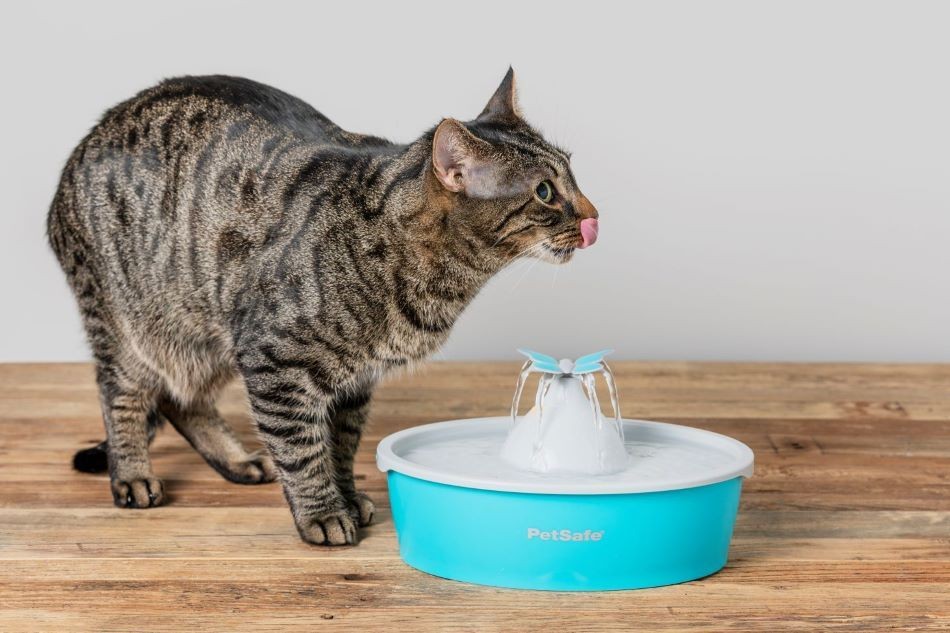Bringing a cat into your home is a rewarding experience filled with purrs, cuddles, and playful antics. However, being a responsible cat owner goes beyond just providing food and shelter. Knowing how to properly care for a cat is crucial for their health, happiness, and longevity. This guide will walk you through essential aspects of cat care, ensuring your feline companion thrives in your loving home.
1. Groom Your Cat Regularly for a Healthy Coat
While cats are meticulous self-groomers, regular brushing by you offers significant health and hygiene benefits. Whether you have a short-haired, medium-haired, or long-haired cat, incorporating regular grooming into your routine is vital. Brushing helps to remove loose fur, which minimizes shedding around your home and significantly reduces the formation of hairballs in your cat’s digestive system. Beyond the practical advantages, grooming sessions are an excellent opportunity to bond with your cat, creating a stronger connection built on trust and comfort. Make it a relaxing ritual for both of you!
2. Ensure 24/7 Access to Fresh, Clean Water
Hydration is as essential for cats as it is for humans. Adequate water intake is critical for maintaining your cat’s overall health and well-being. Proper hydration helps prevent common feline health problems, such as urinary tract infections and kidney disease, which can be painful and costly to treat. Many cats exhibit a natural preference for moving water, often seen drinking from dripping faucets or investigating their water bowls with a paw. This preference stems from their instinct to seek out fresh, flowing water sources. To encourage your cat to drink more and stay properly hydrated, consider investing in a pet water fountain. These fountains provide a continuous flow of fresh, filtered water, appealing to a cat’s natural instincts and making hydration more enticing.
3. Provide Enough Litter Boxes in Accessible Locations
When it comes to litter boxes, the general guideline is “one per cat, plus one extra.” So, if you share your home with two feline companions, providing three litter boxes is ideal. This ensures that each cat always has a readily available option, even if one box becomes soiled or is in a less desirable location at a particular moment. Placement of litter boxes is also crucial. Choose locations that are easily accessible to your cat at all times and offer a sense of privacy and security. Avoid placing litter boxes in noisy, high-traffic areas or near food and water bowls, as cats prefer a calm and discreet environment for their bathroom breaks.
4. Maintain a Clean Litter Box for Optimal Hygiene
Cats are naturally fastidious creatures, and a clean litter box is non-negotiable for their comfort and hygiene. A neglected litter box can lead to your cat seeking alternative places to relieve themselves, which might include your carpets or even your bed. For traditional litter boxes, aim to scoop waste at least once daily and perform a complete litter change and box cleaning at least once a week. If you find scooping to be a tedious task, a self-cleaning litter box can be a game-changer. These automated systems handle waste removal, providing your cat with a consistently clean litter box with minimal effort on your part. It’s important to note that sudden changes in litter box habits, particularly going outside of a clean box, can sometimes indicate underlying medical issues. If you observe such behavior, consulting with your veterinarian is advisable to rule out any health concerns.
5. Train Your Cat to Use a Scratching Post for Claw Health
Scratching is an innate and essential behavior for cats. It’s a healthy way for them to maintain their claws by removing old outer layers, stretch their muscles, and mark their territory. However, without appropriate outlets, this natural instinct can lead to damage to your furniture and home décor. Providing your cat with scratching posts or boards made of suitable materials like sisal, carpet, or cardboard is crucial. Introducing a scratching post, especially to kittens, might require some patience and encouragement. Experiment with different types and placements to find what your cat prefers. Positive reinforcement, such as praise and treats when your cat uses the scratching post, can be very effective in establishing this positive habit. A well-placed scratching post will not only save your furniture but also contribute to your cat’s physical and mental well-being.
6. Utilize a Cat Carrier for Safe Car Transportation
Whether it’s a routine vet visit or a trip, transporting your cat in a car requires prioritizing their safety and your own. Allowing a cat to roam freely inside a vehicle is extremely dangerous. It can distract the driver, increasing the risk of accidents, and in the event of sudden braking or a collision, an unrestrained cat can be seriously injured. Always use a secure and appropriate cat carrier specifically designed for pet transport. Choose a carrier that is well-ventilated, sturdy, and large enough for your cat to stand, turn around, and lie down comfortably. Acclimating your cat to the carrier through positive reinforcement, such as placing treats and toys inside, can make car travel less stressful for them.
7. Maintain a Healthy Weight with Proper Diet and Exercise
Just like humans, cats are susceptible to various health problems if they become overweight or obese. Maintaining a healthy weight is crucial for preventing conditions such as diabetes, arthritis, and heart disease in cats. The foundation of healthy weight management lies in a balanced diet and regular exercise. Consult with your veterinarian to determine the best type and amount of food for your cat based on their age, breed, activity level, and health status. If your vet recommends dry kibble, consider using an automatic pet feeder to help control portion sizes and establish a consistent feeding schedule. Exercise is equally important. Engage your cat in daily playtime using interactive cat toys. Toys that mimic prey, such as wand toys, laser pointers (used responsibly), and puzzle feeders, can stimulate your cat’s natural hunting instincts, providing both physical and mental enrichment while keeping them active and trim.
8. Consider Spaying or Neutering for Long-Term Health Benefits
Spaying (for females) and neutering (for males) are routine surgical procedures that offer significant health and behavioral advantages for cats. Spaying eliminates the risk of uterine infections and ovarian cancers, and greatly reduces the likelihood of mammary tumors in female cats. Neutering prevents testicular cancer and certain prostate problems in male cats. Beyond cancer prevention, neutering also reduces a male cat’s urge to roam in search of a mate, decreasing the risk of injuries from fights or traffic accidents, and getting lost. Furthermore, spaying and neutering play a crucial role in controlling cat overpopulation, reducing the number of homeless cats in shelters. Generally, spayed or neutered cats tend to be healthier and happier companions. Discuss the best timing for spaying or neutering your cat with your veterinarian, as they can provide personalized recommendations based on your cat’s individual needs.
9. Choose a Veterinarian Experienced with Feline Care
Cats are not simply small dogs; they have unique physiological and behavioral needs that require specialized veterinary care. Consider finding a veterinarian who has a particular interest or specialization in feline medicine. A veterinarian experienced in feline care will have a deeper understanding of cat-specific diseases, behaviors, and nutritional requirements. They are also more likely to create a cat-friendly practice environment that minimizes stress for your feline patient. The American Association of Feline Practitioners (AAFP) is a valuable resource for finding feline-friendly veterinarians in your area. Choosing a vet who understands the nuances of feline health is a proactive step in ensuring your cat receives the best possible medical care throughout their life.
10. Schedule Regular Veterinary Check-ups for Preventative Care
Even if your cat appears perfectly healthy, routine veterinary check-ups are essential for preventative care and early disease detection. Annual or bi-annual visits (as recommended by your vet, especially for senior cats) allow your veterinarian to conduct a thorough physical examination, assess your cat’s overall health, and identify any potential health issues in their early, more treatable stages. Regular check-ups include vital procedures such as vaccinations to protect against infectious diseases, dental cleanings to maintain oral health, and parasite prevention. Your veterinarian can also monitor your cat’s weight and nutritional status, providing guidance on diet and exercise. Furthermore, don’t hesitate to schedule a vet appointment if you notice any changes in your cat’s appetite, water intake, litter box habits, energy levels, or behavior. Prompt veterinary attention is crucial for addressing any health concerns and ensuring your cat’s continued well-being.
Caring for a cat is an ongoing commitment that requires attention, patience, and love. These basic tips provide a solid foundation for ensuring your feline friend enjoys a healthy, safe, and fulfilling life by your side. The effort you invest in learning how to take care of your cat will be repaid tenfold with years of companionship, affection, and the unique joy that only a cat can bring.

